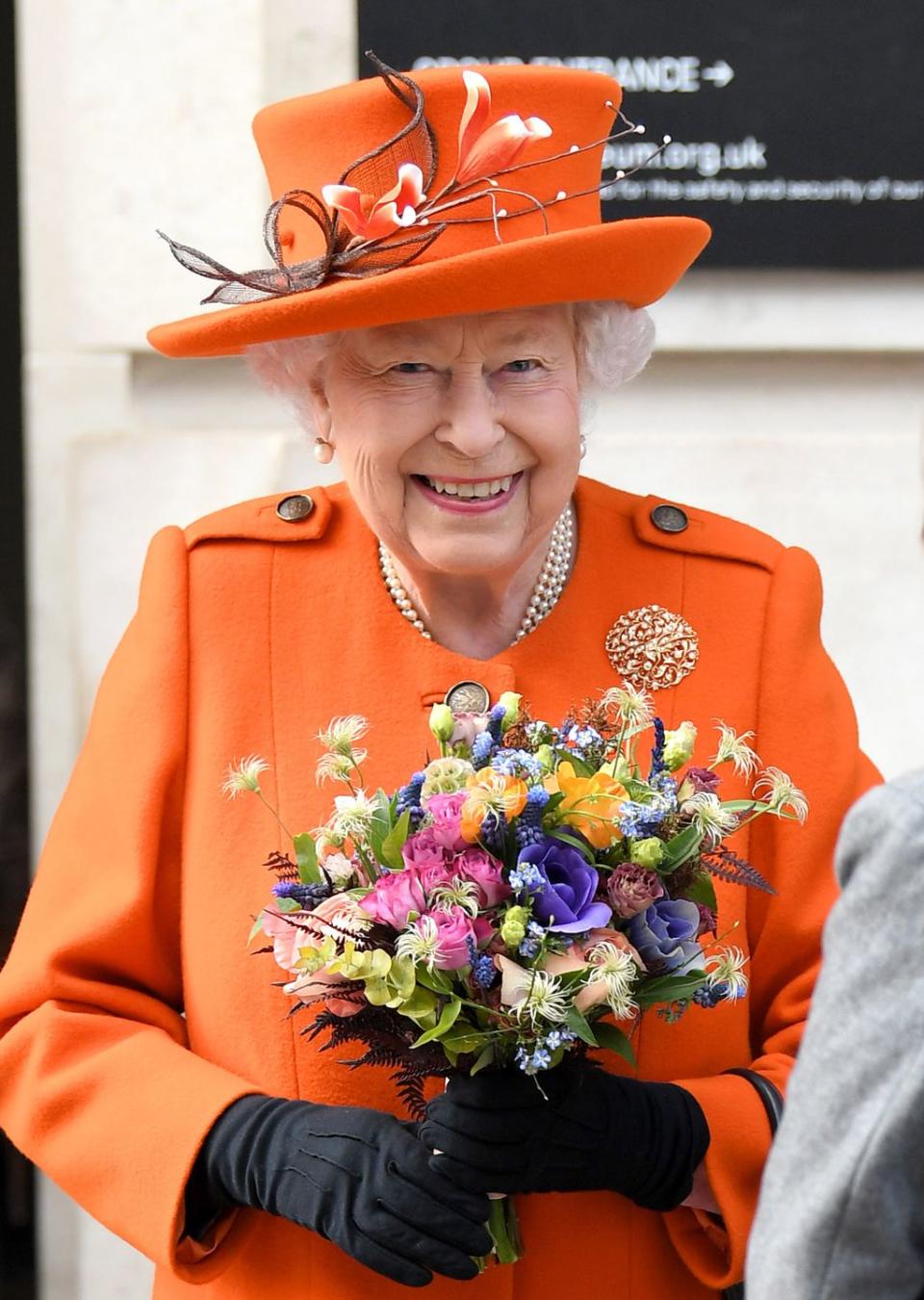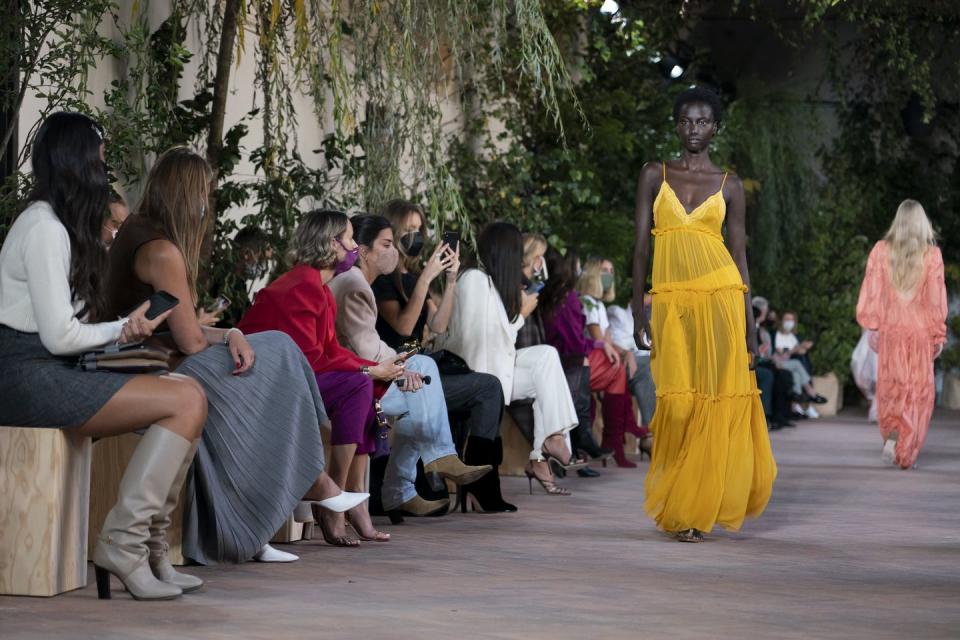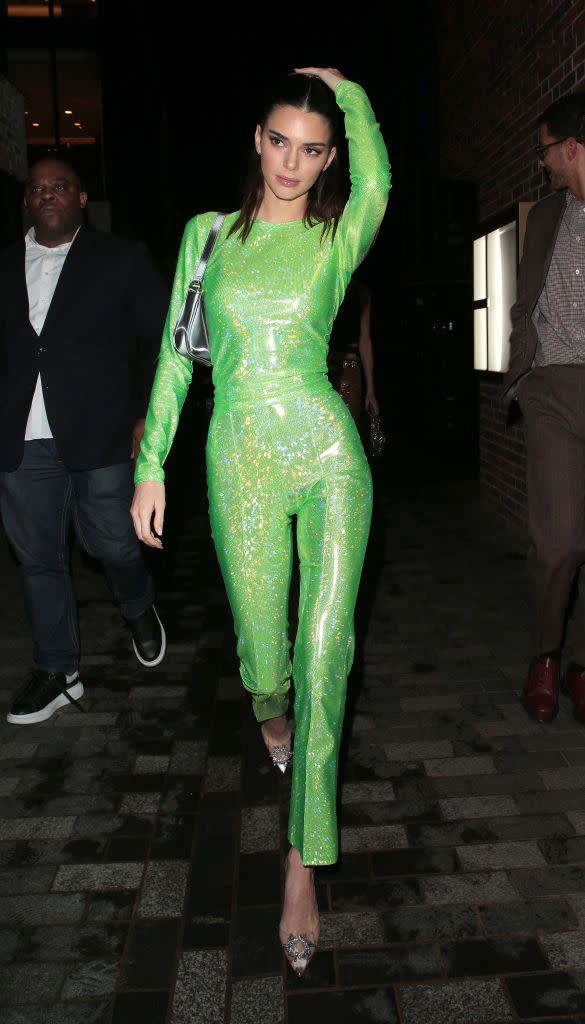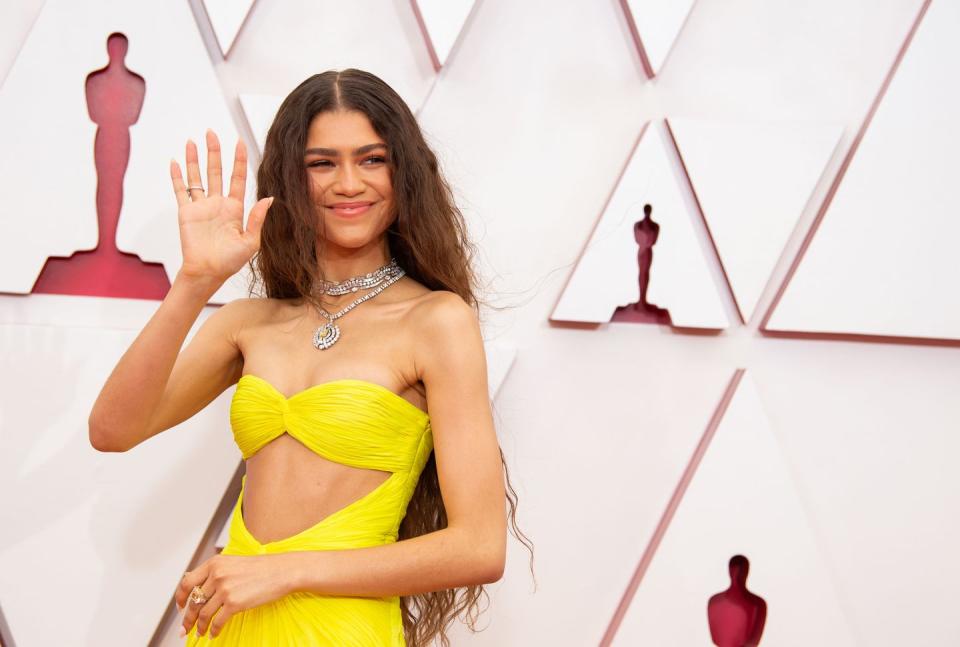Should we all be dopamine dressing?

With a new year upon us – and a January which feels remarkably more normal than the one this time 12 months ago – there seems to be a feeling of hope in the air as we dare to dream of better days to come. This mood is something which has certainly been reflected in designer collections for the past few seasons, with retailers banking on bright colour and joyful dressing as key trends to watch out for once we are firmly on the other side of the pandemic. This association between brightly coloured clothing and happiness is not new; in fact, the idea of instilling joy through what we wear has a name – ‘dopamine dressing’ – and has long been the subject of psychological research. But, can the colours we wear actually have an impact on our mood? And, is this something we should be thinking about when we get dressed every morning?
To understand this concept, it is first important to grasp the basics of dopamine, which is a type of neurotransmitter.
“Our bodies produce dopamine and our nervous system uses it to send messages between nerve cells,” Maria Costantino, a lecturer in cultural and historical studies at the London College of Fashion, explains. “It has many functions: it is involved in reward, motivation, memory, and attention. When dopamine is released in large amounts, it creates feelings of pleasure and reward which motivates us to repeat a specific behaviour.”

In theory, this specific behaviour could include the feelings we have when we buy or wear new clothes, Costantino explains. This concept of wearing certain clothes to make us happier is something which Professor Karen Pine from the University of Hertfordshire decided to investigate in 2012. Pine undertook a study into this idea of ‘dopamine dressing’ and found that when participants wore clothes of symbolic value to them, their perceived confidence increased.

Although this study wasn't linked specifically to clothing colour, the idea of certain hues having therapeutic qualities is something which has been talked about and investigated for centuries.
“Colour therapy and chromotherapy have long been of interest to cultures dating back to ancient Egypt and have been integrated into interior and environmental design,” Costantino says. “For example, cool hues are used to enhance concentration, or pale green to enhance quietness. Colour is closely associated with emotions; it colours our language – we say we are ‘feeling blue’, ‘seeing red’, ‘green with envy’ or ‘in the pink’.”

Shakaila Forbes-Bell (a fashion psychologist, consultant and founder of website Fashion Is Psychology) agrees that there are certain colours that we associate with certain emotions, but explains that isn't as embedded within us as we might think.
“There are some interpretations of colours that are universal,” she says. “Cold colours like blue induce feelings of calmness and creativity, while warm colours like red can cause feelings of excitement and arousal, but happiness is too subjective an experience to be pinned down to one colour.”

“The link between colour and emotions is tricky because cultural interpretations of colour impact the emotions that arise when wearing them. For example, in Western cultures, white is associated with purity and fresh starts, whereas in Eastern and Asian cultures, white is linked with death and mourning.”
Forbes-Bell says that a better way to think about dopamine dressing is in relation to personal, rather than universal, associations.

“The theory of ‘enclothed cognition’ teaches us that the attributes we associate with specific clothes are incredibly powerful. When we wear these clothes, the associations have the power to change the way we feel and even change the way we act. So, for example, if you associate a yellow jumper with happiness, then you will embody that feeling of happiness when you wear it.”

But, of course, these feelings are subjective. For some, wearing black could actually instil more happiness than wearing brights – and this is all down to an individual's personal associations with that particular shade.
“Some research has linked certain styles of clothes with confidence,” Forbes-Bell says. “One study found that people wearing black clothing have a greater influence on a group as they appear more authoritative. If your end goal is to feel confident and powerful when wearing black, then feelings of joy will surely follow. However, it is important to stress that it is all about your personal associations.”

This makes it impossible to define exactly which colours we should wear to improve our mood and doesn't suggest that we should necessarily adopt bright neons to feel happier. However, there is evidence to suggest that a post-lockdown world may still result in the public wearing more colour on the whole. The proverbial rainbow after the storm, so to speak.
“The pandemic has forced many of us to embrace utilitarian dressing, which places practicality over aesthetics,” Forbes-Bell says. “Humans crave novelty so I expect many of us will embrace joyful dressing and creative aesthetics during the initial post-lockdown period.”
Costantino agrees. “Since the term ‘pleasure’ is primarily associated with sensory pleasures, and what we wear is all about the senses, following a year of lockdown, it is not surprising that consumers are interested in all things that bring sensory pleasure. This includes new, stylish, bright-coloured clothes that visibly signal to others that we are both fashionable and have returned to our ‘old’ habits of consumer culture.”

This behaviour can be found throughout British history, she explains, where our lived experiences impacted how we as a population chose to dress and how much colour we wore. Think of the famously flamboyant roaring twenties after the austerity of the First World War.
Costantino also references the period under Oliver Cromwell when “whether for religious and ‘morality’ reasons, or to show socio-political allegiance, restrained and simple styles in drab colours were popular”. Conversely, the era of Restoration England saw brighter colours reintroduced into fashionable dress and, more recently, we saw the impact of rave culture on neon shades.
It seems perfectly possible then that many of us will embrace more colour as we emerge further out of this pandemic while we try to inject as much joy as possible back into our wardrobes – and, this is certainly what we have seen designers embrace on the catwalks.
But ultimately, if you're looking to encourage feelings of happiness and contentment through your own wardrobe, you don’t need to turn to a specific colour, just look to what you already know you love.
“Add more of your favourite colours into your wardrobe – the colours that remind you of a happier time, a place or a person,” Forbes-Bell says. “Figure out what you associate with confidence and joy – and wear it!”
You Might Also Like

 Yahoo Finance
Yahoo Finance 